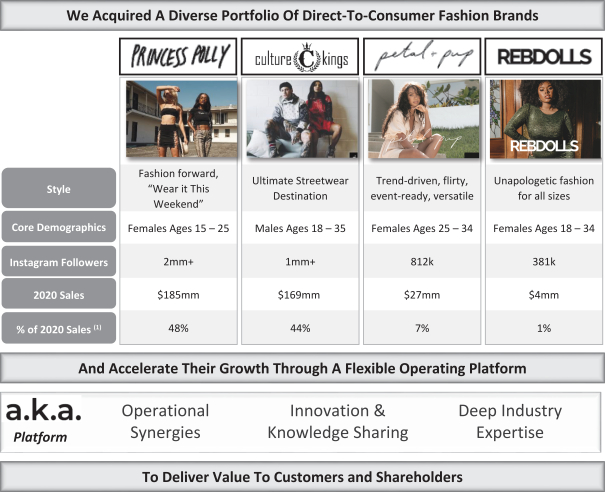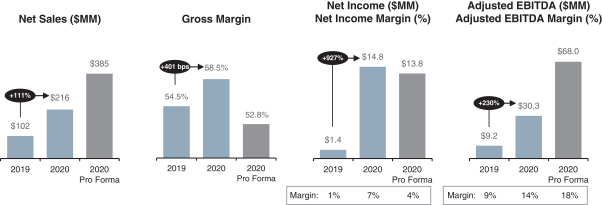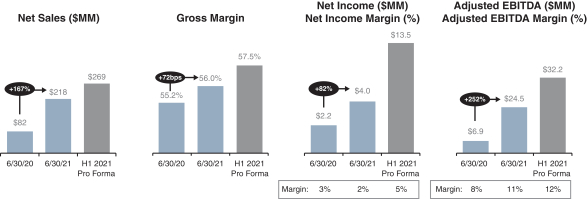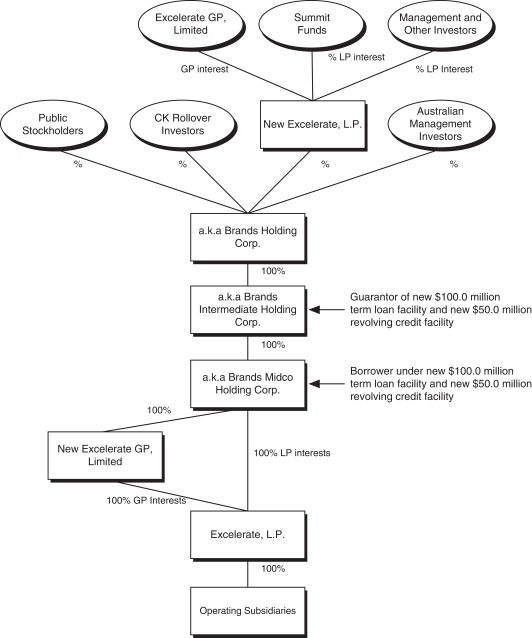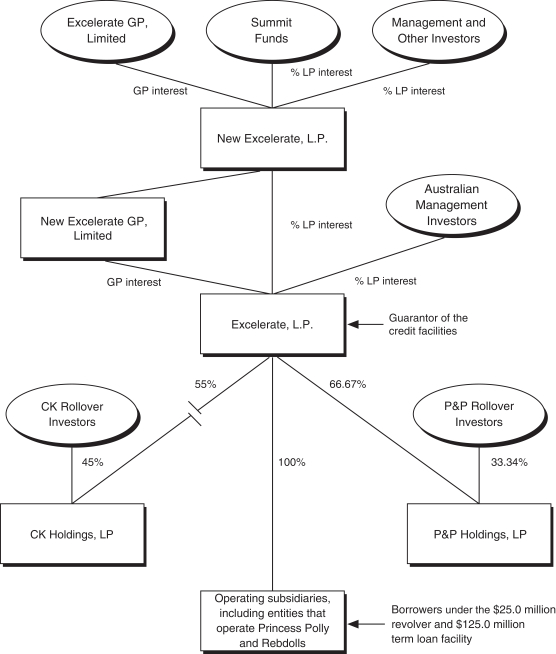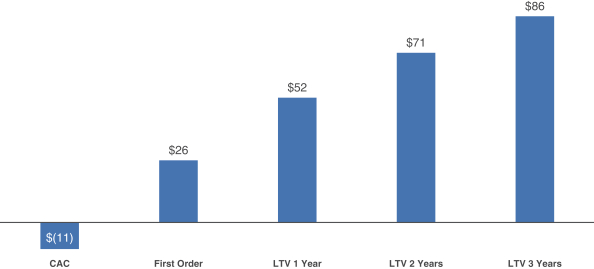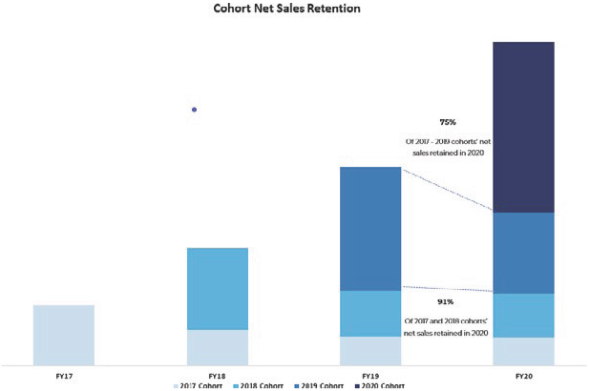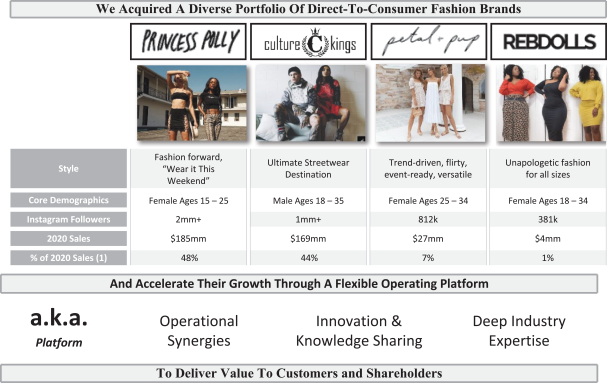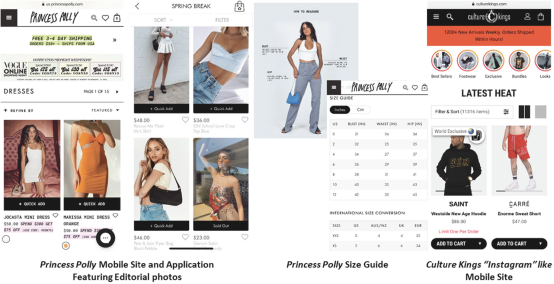The information in this preliminary prospectus is not complete and may be changed. Neither we nor the selling stockholders may sell these securities until the Registration Statement filed with the Securities and Exchange Commission is effective. This preliminary prospectus is not an offer to sell these securities nor a solicitation of an offer to buy these securities in any jurisdiction where the offer and sale is not permitted.
SUBJECT TO COMPLETION, DATED SEPTEMBER 7, 2021
PRELIMINARY PROSPECTUS
SHARES
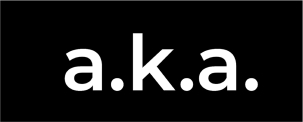
Common Stock
This is the initial public offering of shares of common stock of a.k.a. Brands Holding Corp. We are offering shares of our common stock, and the selling stockholders are offering shares of common stock. No public market currently exists for our common stock. We anticipate that the initial public offering price will be between $ and $ per share.
We intend to apply to list our common stock on the New York Stock Exchange (“NYSE”) under the symbol “AKA.”
We are an “emerging growth company” as the term is used in the Jumpstart Our Business Startups Act of 2012 (the “JOBS Act”) and, as such, have elected to comply with certain reduced public company reporting requirements. See “Prospectus Summary—Implications of Being an Emerging Growth Company.”
Immediately after this offering, assuming an offering size as set forth above, our principal stockholder, a holding company controlled by Summit Partners, will own approximately % of our outstanding common stock (or % of our outstanding common stock if the underwriters’ over-allotment option is exercised in full). As a result, we expect to be a “controlled company” within the meaning of the corporate governance standards of the NYSE. See “Management—Corporate Governance—Controlled Company Status.
At our request, an affiliate of BofA Securities, Inc., a participating underwriter, has reserved for sale, at the initial public offering price, up to 5% of the shares offered by this prospectus for sale to some of our directors, officers, employees, business associates and related persons. See “Underwriting.”
Investing in our common stock involves risks. See “Risk Factors” beginning on page 21.
| Per Share |
Total | |||||||
| Price to the public |
$ | $ | ||||||
| Underwriting discounts and commissions |
$ | $ | ||||||
| Proceeds, before expenses, to us |
$ | $ | ||||||
| Proceeds, before expenses, to selling stockholders(1) |
$ | $ | ||||||
| (1) | Assumes full exercise of the underwriters’ option to purchase additional shares. |
We and the selling stockholders have granted the underwriters a 30-day option to purchase up to additional shares from us at the initial public offering price, less underwriting discounts and commissions. See “Underwriting” beginning on page 180 for additional information regarding underwriting compensation.
Neither the Securities and Exchange Commission (the “SEC”) nor any state securities commission has approved or disapproved of these securities or determined if this prospectus is truthful or complete. Any representation to the contrary is a criminal offense.
The underwriters expect to deliver the shares on or about , 2021.
Joint Lead Book-running Managers
| BofA Securities |
Credit Suisse | Jefferies | ||||||||
| Book-running Managers | ||||||||||
| Wells Fargo Securities | KeyBanc Capital Markets | Cowen | Piper Sandler | Truist Securities | ||||
| Co-Manager |
| Telsey Advisory Group |
Prospectus dated , 2021.








